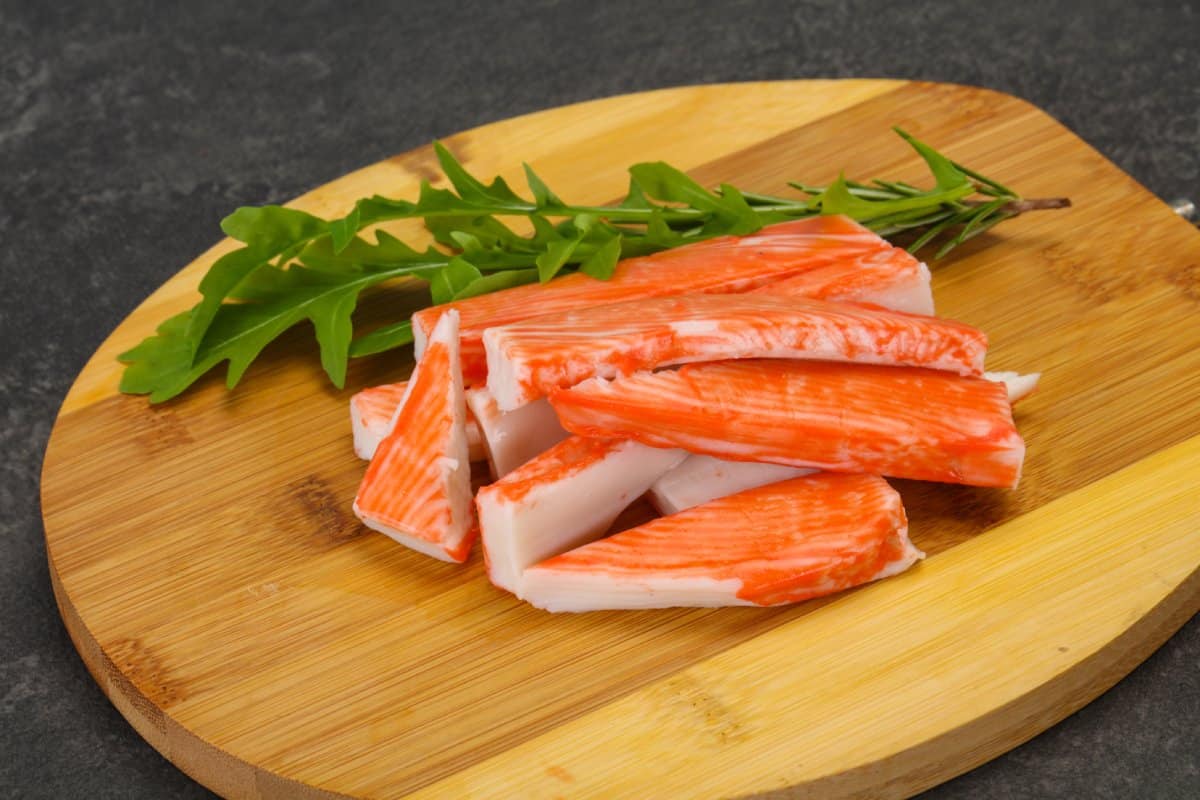Food is a universal pleasure, but not everything on our plates is what it seems. Some culinary cons have fooled the world. Ready to uncover the truth behind these infamous food hoaxes?
1. The Great Spaghetti Tree Hoax

In 1957, the BBC aired a spoof documentary about Swiss farmers harvesting spaghetti from trees. Many viewers believed it, leading to numerous inquiries about how they could grow their own spaghetti trees.
2. The “Lemon” Flavored Beekeeper’s Honey

A crafty beekeeper once convinced people that his honey naturally tasted like lemon because his bees only visited lemon trees. In reality, he was adding lemon flavoring to the honey after harvest.
3. Taco Liberty Bell

In 1996, Taco Bell announced it had purchased the Liberty Bell to help reduce the national debt. The fast-food chain claimed they would rename it the “Taco Liberty Bell.” Outraged calls flooded in until Taco Bell revealed it was an April Fool’s prank.
4. The Red Velvet Cake Origin Story

A popular myth suggests that the Red Velvet Cake recipe originated from a New York City hotel. According to the story, a guest requested the recipe, only to be charged an exorbitant fee. Enraged, she shared the recipe widely to spite the hotel. The story is a complete fabrication.
5. Bonsai Kittens

A hoax website in the early 2000s claimed to sell kittens grown in jars, shaped like bonsai trees. The site sparked outrage and concern, but it was all an elaborate joke designed to provoke reactions.
6. The “Wine from Water” Machine

In the 1970s, an inventor claimed he had created a machine that could turn water into wine, mimicking the biblical miracle. The contraption was later revealed to be a scam, fooling investors and hopeful consumers alike.
7. Blue Strawberries

A viral image circulated online, showing blue strawberries supposedly developed by Japanese scientists. In truth, the image was digitally altered, but it captivated and fooled many people before being debunked.
8. The Cardiff Giant

In 1869, workers unearthed a 10-foot-tall petrified man in Cardiff, New York. The “giant” turned out to be a carved gypsum statue, planted as a hoax to mock biblical literalists. It became a popular exhibit before the truth was revealed.
9. Cockroach Flour

A rumor spread online claiming a bakery was secretly using cockroach flour in its bread to cut costs. Despite causing a temporary public outcry, the claim was baseless and the bakery was completely innocent.
10. The Great Tomato Ketchup War

In 2007, Heinz and Del Monte were embroiled in a bizarre battle over a new purple ketchup. Claims that one brand’s ketchup contained harmful dyes circulated widely, but were entirely false and part of a marketing stunt.
11. Pasta Carbonara’s Origins

A common myth is that Pasta Carbonara was a favorite of American soldiers in Italy during World War II. In reality, the dish’s origins are more obscure, with no direct link to the American military presence.
12. The Emperor’s Tea

A historical hoax in China involved a rare “Emperor’s Tea,” supposedly reserved for royalty and costing a fortune. In reality, it was regular tea marketed with an elaborate backstory to inflate its price.
13. The Missing McNugget

A viral story claimed that a woman found a human finger in her McDonald’s Chicken McNugget. The story was later debunked, revealing it as a publicity stunt gone wrong, but not before it caused a media frenzy.
14. Glitter Beer

Photos of shimmering, glittery beer captivated social media, with claims that breweries were adding edible glitter to their brews. While some breweries did experiment with glitter, most images were simply photoshopped.
15. The Lochness Monster Pie

A bakery claimed to have created a pie using meat from the legendary Loch Ness Monster. The claim drew tourists and curious locals, but was later admitted to be a publicity stunt with no real monster meat involved.
16. Himalayan Rock Salt Lamps

Claims that Himalayan rock salt lamps emit negative ions and purify the air were debunked. These lamps became a wellness trend, but scientific evidence did not support the health benefits claimed.
17. The Dihydrogen Monoxide Scare

A spoof campaign warned about the dangers of dihydrogen monoxide (water), highlighting its presence in many foods and its potential for causing death by inhalation (drowning). The campaign highlighted how scientific jargon can be misleading.
18. Moon Cheese

A rumor spread that cheese made from milk collected during lunar missions was being sold to the public. While fun to imagine, the story was a complete fabrication, and no such “moon cheese” existed.
19. The Golden Arches Prank

In 1998, a prank suggested that McDonald’s would change its iconic golden arches to blue. The claim caused an uproar among brand loyalists before McDonald’s clarified it was all in good fun.
20. Artificial Lettuce

A scare in the 1990s claimed that supermarkets were selling plastic lettuce disguised as real. Despite some consumers’ fears, the story was proven false, and no such counterfeit lettuce was found.
21. Fruitcake Forever

A viral hoax claimed that a 106-year-old fruitcake, found in an Antarctic explorer’s hut, was still edible. While the cake was real, its edibility was highly exaggerated, making for a fun but misleading story.
Can You Spot the Fake?

These food hoaxes remind us that not everything we hear or see is true. Stay curious, but also be critical of sensational claims. Which of these culinary cons surprised you the most?
The post Scandalous Food Hoaxes: Famous Culinary Cons That Fooled the World first appeared on Mama Say What?!
Featured Image Credit: Shutterstock / Andrey Starostin.
For transparency, this content was partly developed with AI assistance and carefully curated by an experienced editor to be informative and ensure accuracy.





